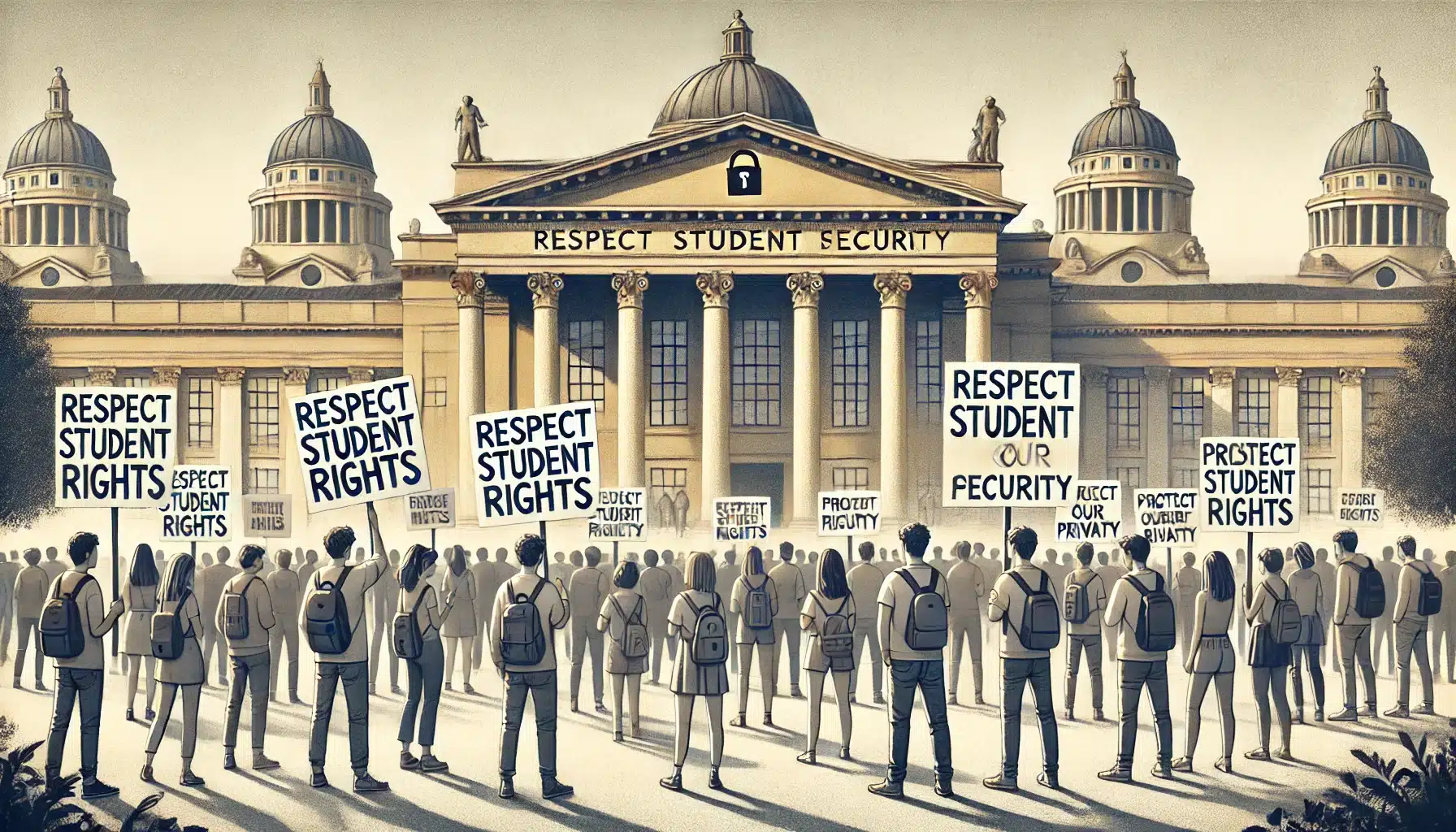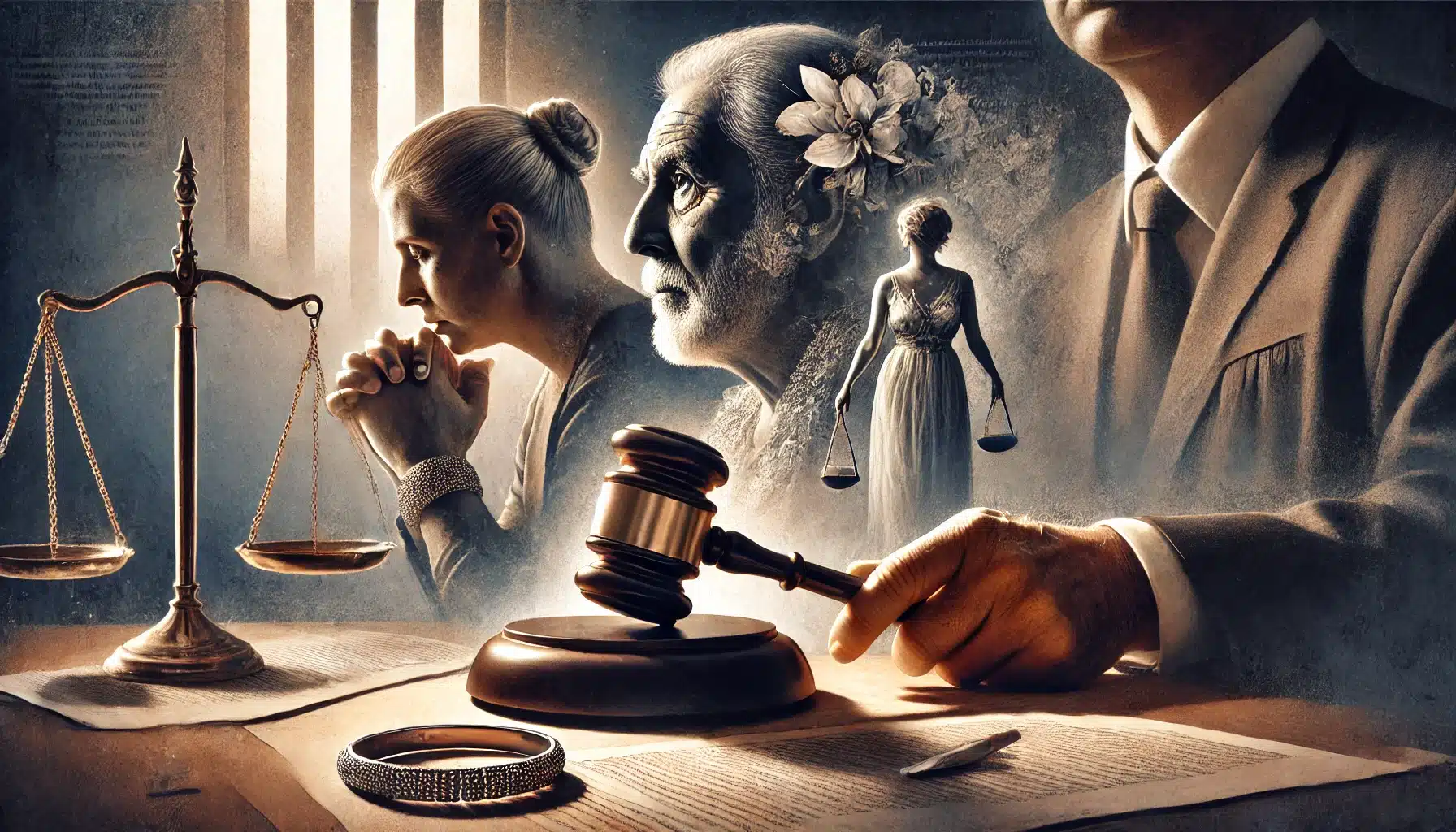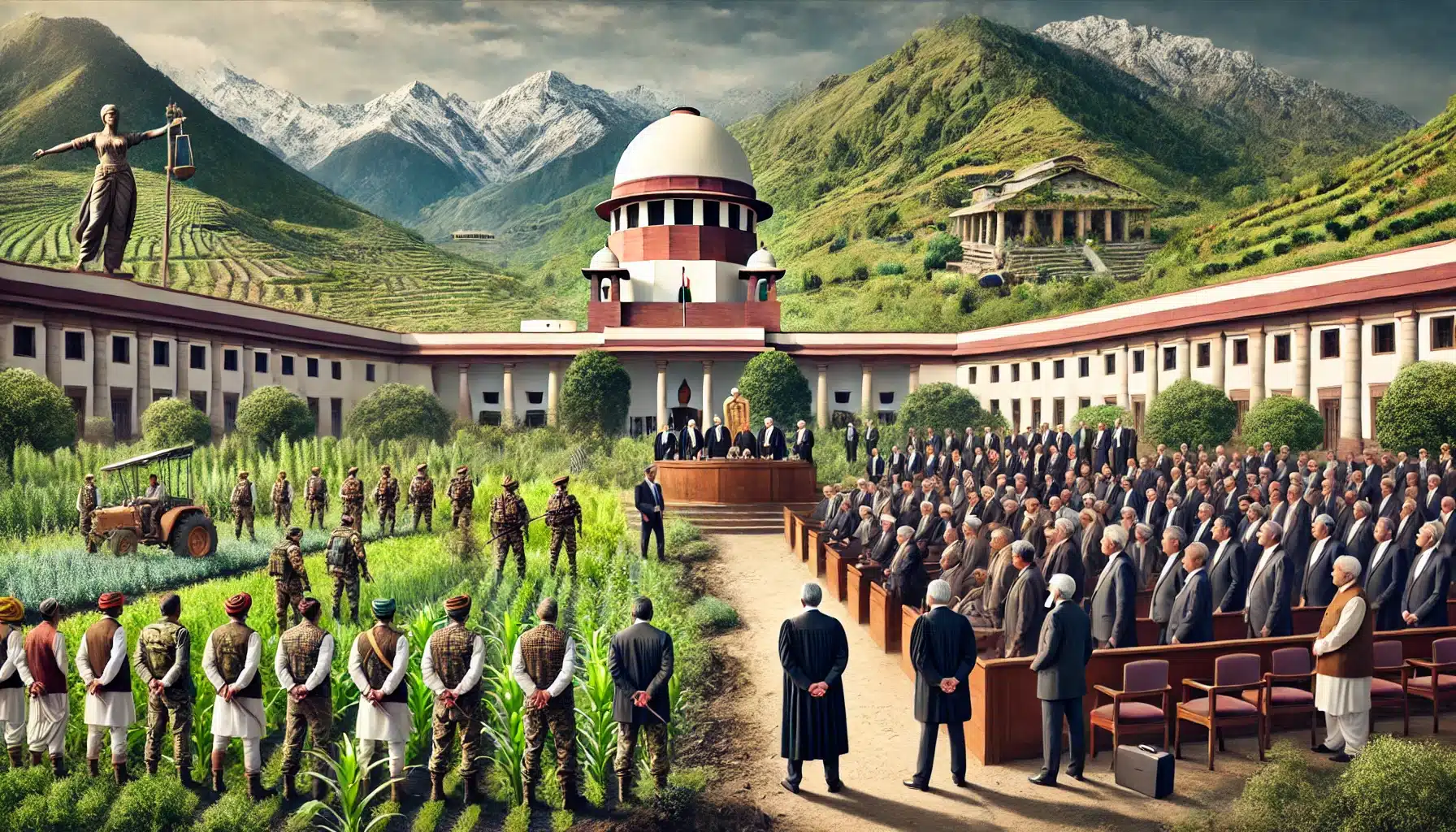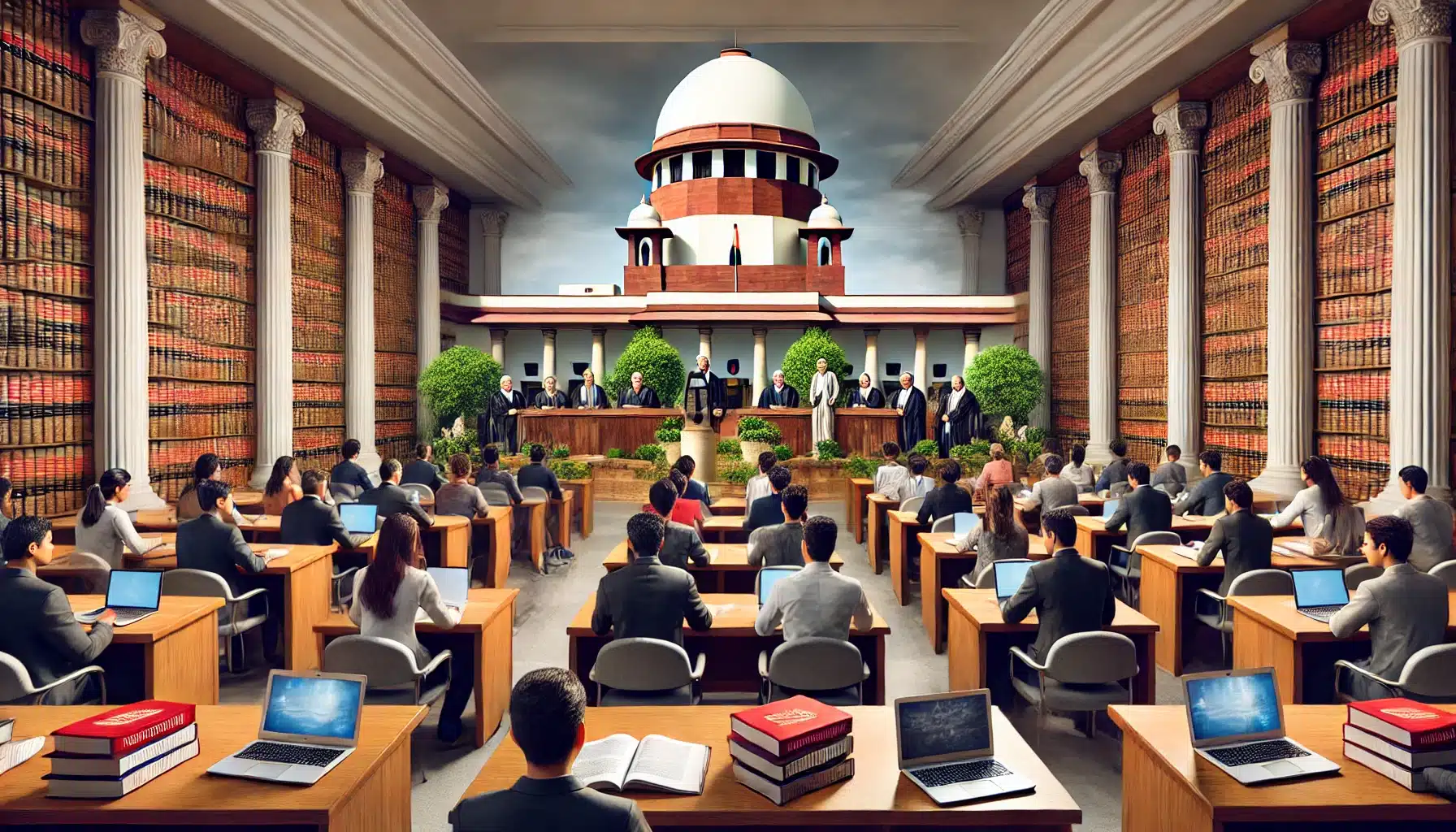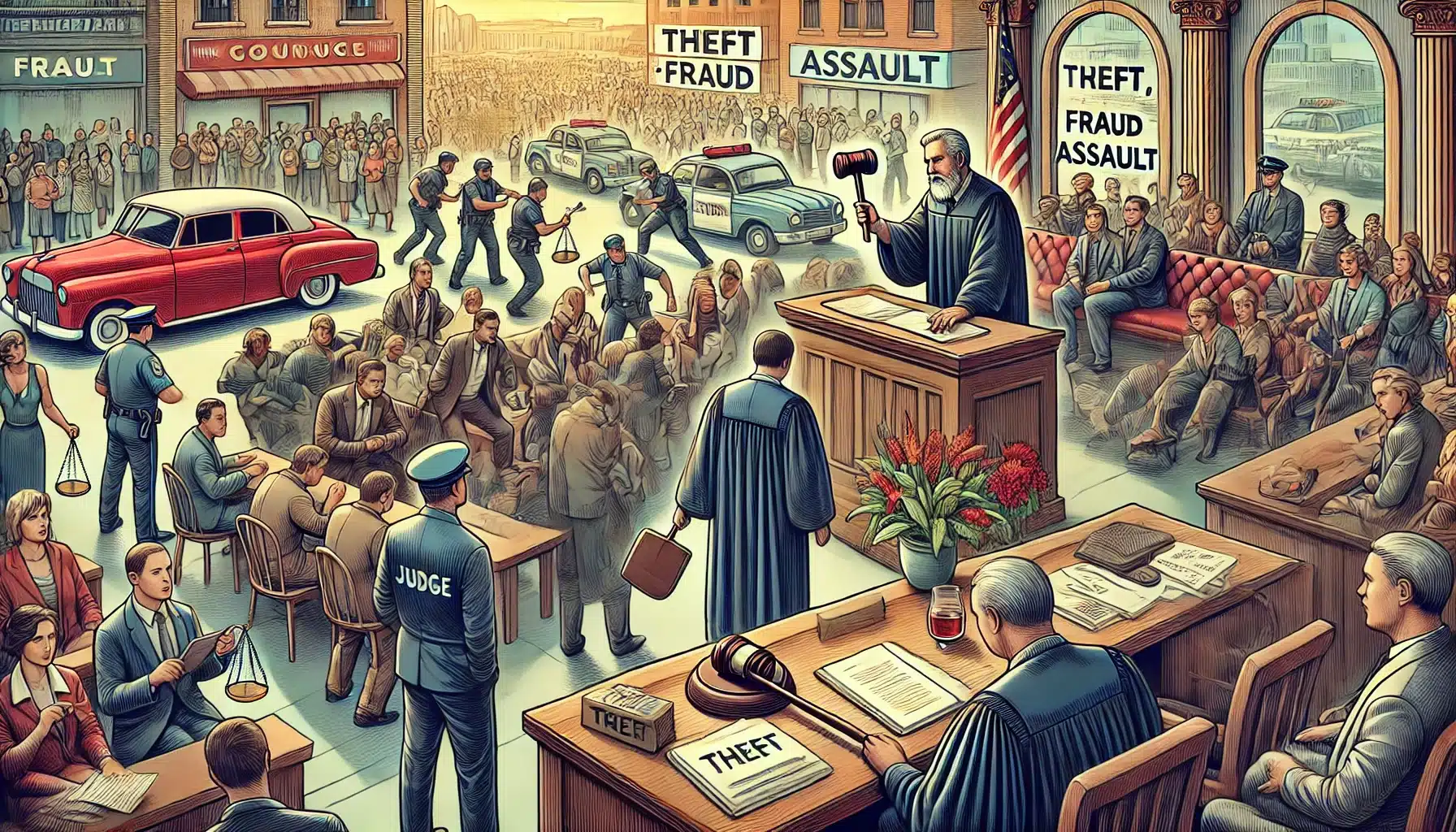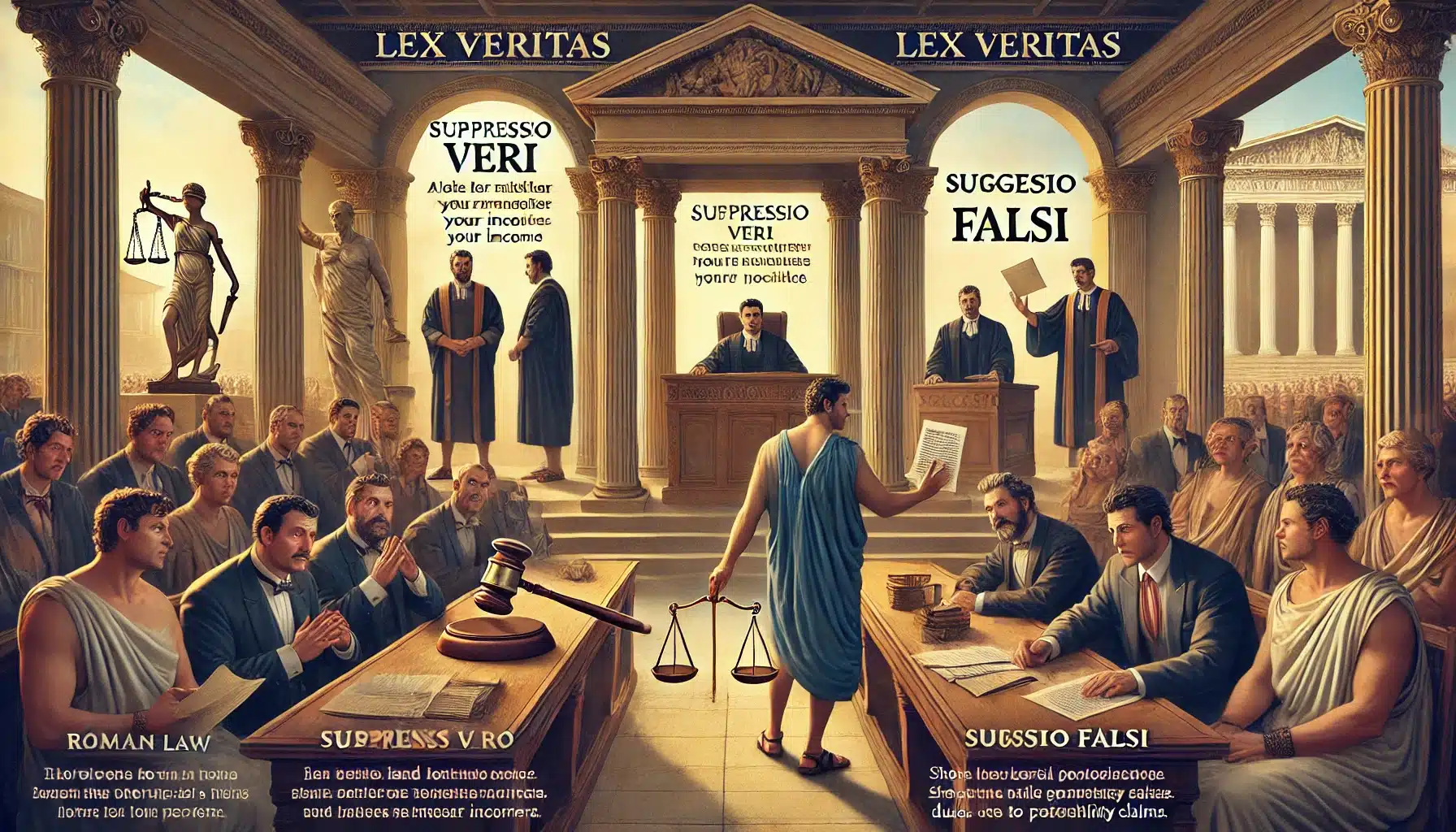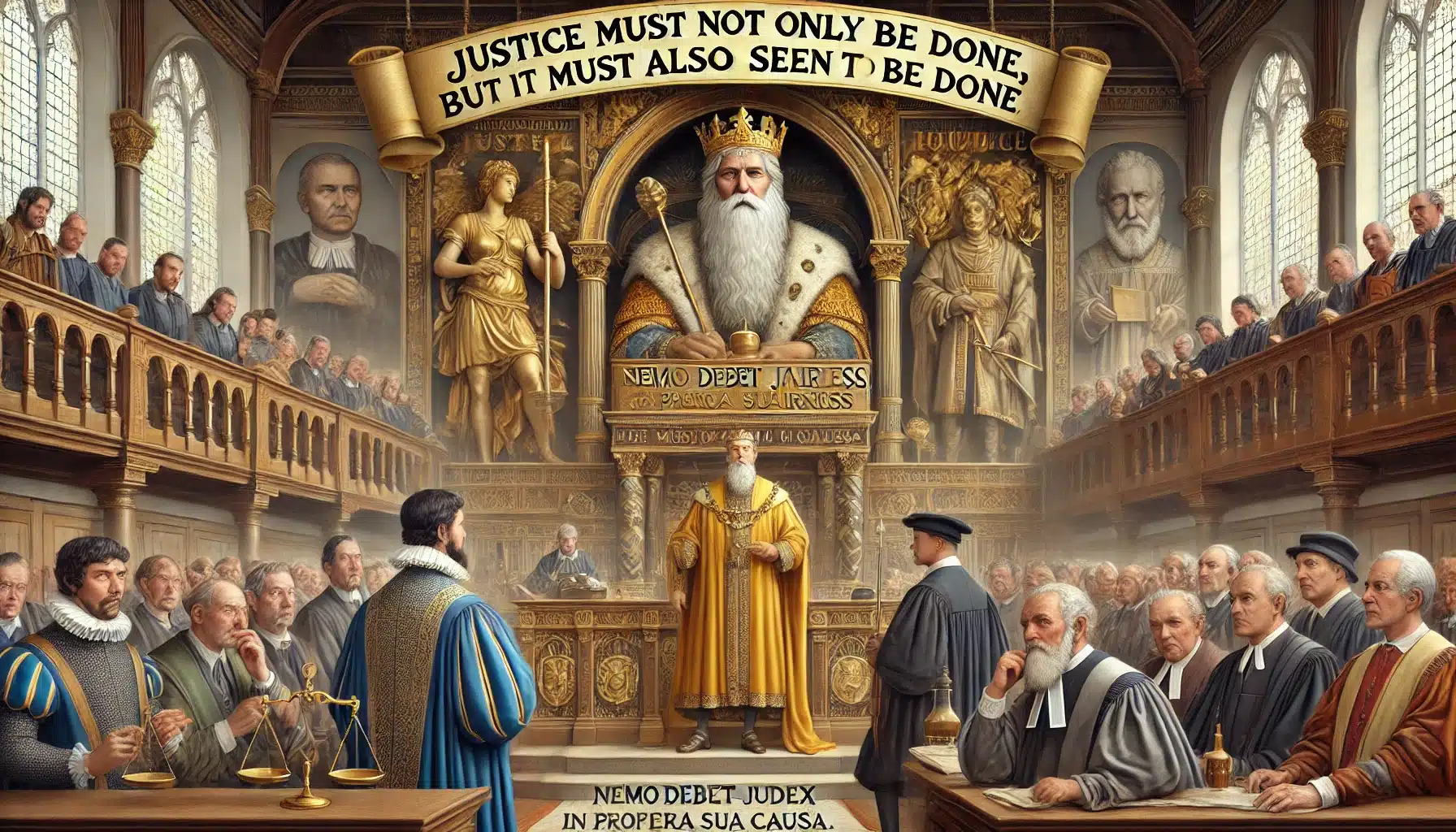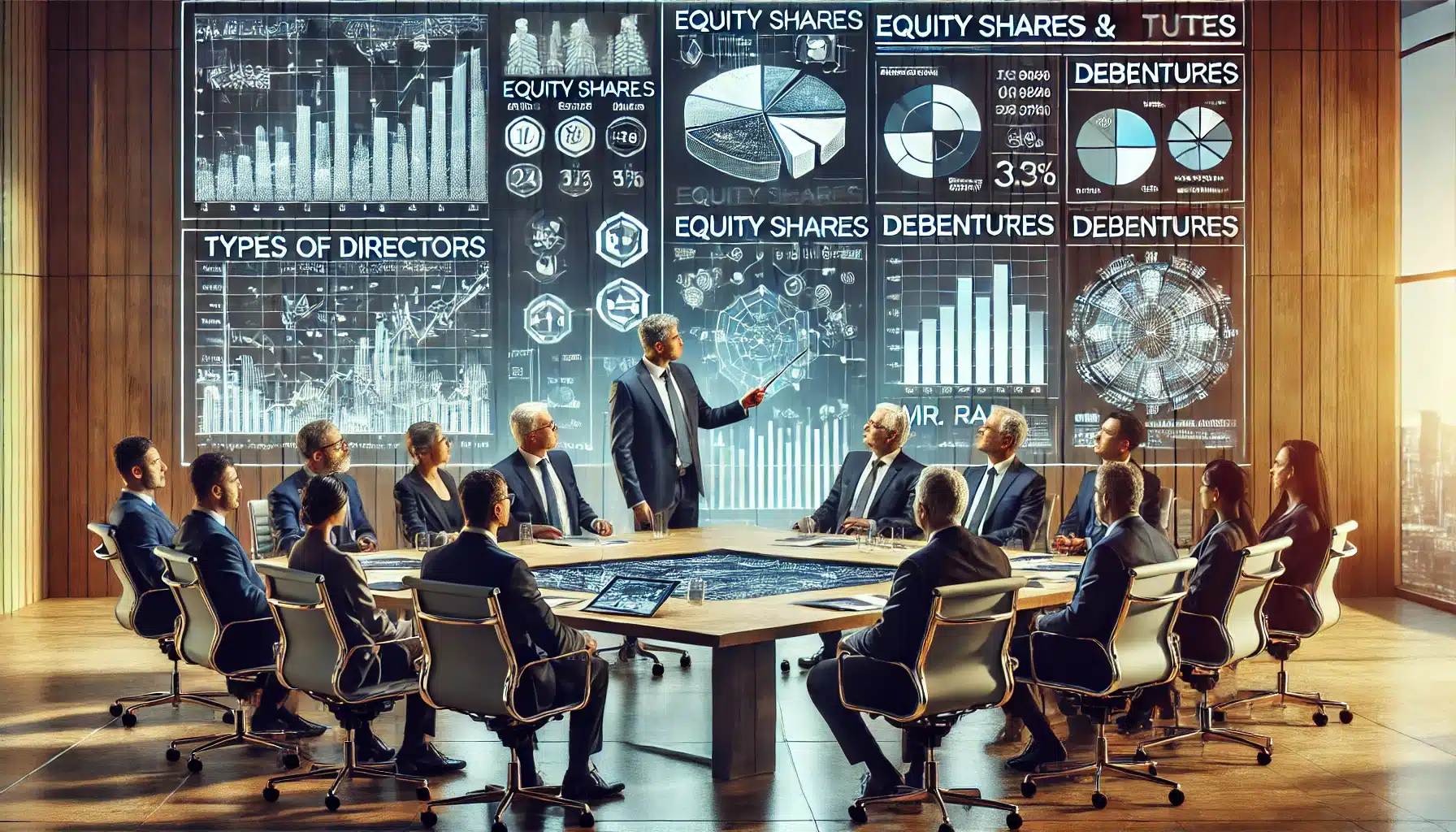Aug 16, 2024 18:33 UTC
| Updated:
Sep 9, 2024 at 11:34 UTC
Overview of Copyright: Meaning and Protected Works
Introduction
Copyright represents a fundamental legal concept that plays a crucial role in the protection of intellectual property. According to Black’s Law Dictionary, copyright is defined as the right in literary property recognized and sanctioned by positive law. It is an intangible, incorporeal right granted to the author or originator of certain literary or artistic works. This right confers upon the author the exclusive privilege of reproducing, publishing, and selling copies of their work for a specified period.
In a similar vein, the Oxford Dictionary describes copyright as “the exclusive right given by law for a certain number of years to an author, composer, etc., to print, publish, and sell copies of their original work.” This definition underscores the temporal and exclusive nature of copyright, emphasizing its role in securing the financial and moral rights of creators.
The legal nuances of copyright were articulated by Baron Parke J. in the case of Charles Jefferys v. Thomas Boosey[1]. The judgment distinguishes between two senses of copyright: first, the author’s inherent common law right to the physical paper on which their work is written, and to copies they create for personal or shared use. This right also encompasses the authority to enforce agreements regarding the use of these copies. Second, copyright encompasses the exclusive right to reproduce and prevent others from copying the work through printing or other means.
These definitions reflect copyright’s dual nature—both as a protection of tangible media and as a legal mechanism to control the reproduction and distribution of creative works. This framework ensures that authors and creators can reap the benefits of their labor, while also promoting a balanced public access to knowledge and culture.
Meaning of Copyright
Under section 14 of the Copyright Act, copyright refers to the exclusive right granted to creators to control the use and dissemination of their works, subject to the specific provisions of the Act. This right allows the creator to authorize or prevent various activities related to their work.[2] The scope of copyright encompasses several specific rights, categorized by the type of work:
- Literary, Dramatic, or Musical Works
- Computer Programs
- Artistic Works
- Cinematograph Films
- Sound Recordings
Characteristics of Copyright
- Statutory Creation: Copyright is established by law, such as the Copyright Act, 1957 in India. Unlike common law rights, which evolve through court decisions, copyright exists only within the statutory framework set by legislation. Section 16 of the Act clarifies that copyright cannot exist outside this legal structure, affirming that all copyright and similar rights must comply with statutory provisions.
- Intellectual Property: Copyright is a form of intellectual property, originating from the creator’s mental and creative effort. It protects original works created from intellectual labour before they are materialized. For instance, a literary work is safeguarded because it reflects the creator’s intellectual investment.
- Monopoly Right: Copyright is a monopoly right that grants exclusive control over the use of the work. It is negative in nature, meaning it restricts others from using, reproducing, or distributing the work without permission. This exclusivity ensures that creators benefit from their intellectual labour and creativity.
- Incorporeal Property: Copyright is an incorporeal form of property, meaning it is intangible and does not have a physical form. It represents the legal rights associated with a creation rather than the physical work itself. These rights can be transferred or licensed without affecting the work’s physical state.
- Bundle of Rights: Copyright consists of a bundle of rights, including reproduction, adaptation, distribution, and public performance. These rights vary depending on the type of work, such as literary, dramatic, musical, artistic, cinematographic, or sound recordings. This bundle provides comprehensive control over various uses of the work.
What Copyright Protects
- Original Expression: Copyright safeguards the unique way ideas are expressed, such as in a novel or film, but not the underlying ideas themselves. It protects the specific creative expression, not general themes or concepts.
- Encouragement of Innovation: Copyright does not hinder research, scholarship, or the development of new ideas. It ensures that others can build upon existing knowledge as long as their work is original and independent.
- Requirement of Effort: For copyright protection, a work must show sufficient judgement, skill, and labour from its creator, regardless of its literary or artistic merit. The focus is on originality and effort.
- Freedom to Create: Copyright does not grant a monopoly over general subject matter. Others can produce new works on similar themes, provided their creations are original and independently developed.
- Originality of New Works: New works must be independently created to qualify for copyright. They should not copy or derive directly from existing copyrighted works, ensuring each creator’s unique contribution is protected.
Object and Scope of Copyright
- Protection and Encouragement: The primary objective of copyright is to safeguard the rights of authors, composers, and artists by preventing unauthorized reproduction or exploitation of their work. By granting creators exclusive rights for a limited period, copyright incentivizes the creation of original works and promotes creative expression. This protection helps ensure that creators are rewarded for their labour and investment, encouraging further artistic and literary contributions.
- Balance with Public Interest: Copyright law also acknowledges the need for limited exceptions to support societal interests. Section 52 of the Copyright Act, 1957 outlines specific “free uses” where the copyright holder’s exclusive rights are limited to accommodate public needs, such as for educational or research purposes.[3] This balance seeks to prevent copyright from overly restricting access to knowledge and culture, ensuring that the benefits of creative works can be shared with the public while still protecting the creator’s rights.
- Moral Basis and Fair Use: The moral foundation of copyright law is to prevent unjust appropriation of someone else’s creative efforts. The law recognizes that a creator’s work is the result of substantial effort and resources, and it prohibits unauthorized use or theft of this intellectual property. The case of Eastern Book Company v. D.B. Modak[4] highlights that copyright aims to protect creators from exploitation and ensure that their work is not used without consent, upholding the principle that labor and creativity should be respected and rewarded.
- Balancing Private and Public Rights: Copyright law strives to balance the private rights of the copyright owner with the public’s interest in accessing and utilizing creative works. This balance is crucial in maintaining the integrity of the copyright system while also allowing for limited exceptions that benefit society. By doing so, copyright law supports both the creator’s control over their work and the public’s ability to engage with and build upon existing knowledge and culture.
- Scope of Protection: The scope of copyright extends to various types of works, including literary, dramatic, musical, artistic, cinematographic, and sound recordings. Each category has specific protections and rights associated with it, ensuring comprehensive coverage of creative outputs. This broad scope enables copyright to address a wide range of creative expressions and adapt to different forms of media and technological advancements, thus fostering a diverse and dynamic cultural landscape.
Works Under Copyright
1. Literary Works, Dramatic Works and Musical Works
i. Definition
- Literary works are defined under Section 2(o) of the act, including written materials such as books, articles, computer programs, tables, and databases. This also covers lectures, speeches, and sermons, which are spoken or written presentations.[5]
- Dramatic works defined under Section 2(h) of the act, include performance-based creations such as plays, recitations, choreographic works, and other performance pieces. Cinematograph films are excluded from this category.[6]
- Musical works under Section 2(p) of the act, consist of compositions and their graphical notations, such as scores and sheet music. This does not include lyrics or actions intended for performance with the music.[7]
ii. Rights Under Literary Works, Dramatic Works and Musical Works
- Section 14(a) of the Copyright Act outlines the specific exclusive rights granted to creators of literary, dramatic, and musical works, excluding computer programs. This section ensures that creators have substantial control over how their works are used and disseminated.[8]
- Reproduction (Section 14(a)(i)): The creator has the exclusive right to reproduce their work in any material form, including both physical and digital formats. This encompasses the ability to create copies of the work, whether by printing a book, producing a physical score for music, or storing the work electronically. For example, an author controls how their novel is printed and distributed as both physical copies and e-books. This right is fundamental in ensuring that only authorized copies of the work are made, protecting the creator’s economic interests and maintaining the integrity of their creation.
- Issuing Copies to the Public (Section 14(a)(ii)): Creators have the exclusive right to distribute copies of their work to the public. This right prevents unauthorized distribution by ensuring that only copies issued by or with the permission of the creator are circulated. For instance, a publisher must secure the creator’s permission to distribute new editions of a book. This control over distribution is crucial for preventing the proliferation of unauthorized copies and ensuring that the creator benefits from the dissemination of their work.
- Public Performance and Communication (Section 14(a)(iii)): This right allows the creator to perform their work publicly or communicate it to the public through various means. This includes live performances, broadcasts, and digital transmissions. For example, a playwright has the exclusive right to authorize performances of their play in theatres, and a composer controls the broadcast of their music on radio or streaming platforms. This right ensures that any public presentation or communication of the work is authorized by the creator, thereby safeguarding their control over how their work is experienced by audiences.
- Cinematograph Films and Sound Recordings (Section 14(a)(iv)): Creators hold the exclusive right to create adaptations of their work in the form of cinematograph films or sound recordings. This means that an author or composer can control whether their work is adapted into a film or recorded as a musical piece. For instance, a novel can be turned into a movie, or a musical composition can be recorded. This right allows the creator to oversee how their work is transformed into other media, ensuring that adaptations are done with their consent and respecting their creative vision.
- Translation (Section 14(a)(v)): The right to translate the work into different languages is reserved for the creator. This allows them to control how their work is adapted for different linguistic audiences. For example, a novel can be translated into multiple languages for international readers, but only with the creator’s authorization. This right is essential for maintaining the creator’s control over how their work is presented in various languages and ensuring that translations are faithful to the original work.
- Adaptation (Section 14(a)(vi)): Creators have the right to adapt their work into different formats or versions. This includes converting a novel into a screenplay, a musical composition into a different arrangement, or a play into a radio drama. Such adaptations must be authorized by the creator, ensuring that any reinterpretations or new formats are aligned with their original intent. This right allows the creator to control how their work is reimagined and utilized in different contexts.
- Acts Related to Translations and Adaptations (Section 14(a)(vii)): This provision extends the creator’s rights to any acts specified for the original work in relation to translations and adaptations. This means that all rights applicable to the original work such as reproduction, distribution, performance, and communication also apply to its translations and adaptations. For example, a translated version of a novel must be authorized for reproduction and distribution, just as the original work does. This comprehensive control ensures that the creator’s rights are preserved across all forms and versions of their work.
2. Artistic Works
i. Definition
Artistic works under Section 2(c) of the act, include visual creations such as paintings, sculptures, drawings, engravings, photographs, and architectural designs. This category also covers artistic craftsmanship.[9]
ii. Rights
- Storing in Any Medium (Section 14(c)(i)(A)): This includes the right to store the artistic work in any format, whether physical or digital. For instance, a painting can be reproduced as a high-resolution digital image or a sculpture can be photographed and stored in digital archives. This right ensures that only authorized reproductions are made and stored, protecting the creator’s control over how their work is preserved and disseminated.
- Depiction in Three-Dimensions of a Two-Dimensional Work (Section 14(c)(i)(B)): This allows the creator to control the transformation of a two-dimensional work (like a painting or drawing) into a three-dimensional format. For example, an artist who created a painting has the exclusive right to convert that painting into a 3D model or sculpture. This ensures that adaptations or interpretations of their work in different dimensions are authorized and controlled by them.
- Depiction in Two-Dimensions of a Three-Dimensional Work (Section 14(c)(i)(C)): Conversely, this provision covers the right to depict a three-dimensional work (such as a sculpture) in a two-dimensional format. This might include creating a photograph or drawing of a sculpture. It ensures that the transformation of a 3D work into 2D representations is also under the creator’s control, preventing unauthorized reproductions in formats that differ from the original.
3. Cinematograph Films
i. Definition
Cinematograph films consist of moving images recorded on film or digital formats, including associated photographic images.
ii. Rights
- Making Copies of the Film (Section 14(d)(i)): The creator of a cinematograph film holds the exclusive right to make copies of the film.
- Photographs of Images (Section 14(d)(i)(A)): The creator has the right to make photographs of any image that forms part of the film. This means that individual frames or stills from the film cannot be reproduced without the creator’s permission. For example, capturing a single frame from a movie for promotional material or educational purposes would require authorization from the film’s creator.
- Storing in Any Medium (Section 14(d)(i)(B)): The creator controls the storing of the film in any format, whether physical or digital. This encompasses the ability to store the film on various media, such as film reels, digital files, or other electronic storage devices. For instance, transferring a film to a digital format for archival or streaming purposes must be done with the creator’s consent.
- Selling or Renting Copies (Section 14(d)(ii)): The creator has the exclusive right to sell or offer copies of the film for commercial rental. The creator controls the sale of physical copies of the film, such as DVDs or Blu-rays, and digital copies for download or streaming. Unauthorized selling of copies would infringe on this right. The creator also controls the commercial rental of the film. This means that any business offering the film for rent, whether as a physical copy or a digital rental, must do so with the creator’s permission. This ensures that the creator benefits from any rental income and prevents unauthorized rentals.
- Communicating the Film to the Public (Section 14(d)(iii)): This right allows the creator to communicate the film to the public.
- Public Broadcasting: The creator has control over broadcasting the film on television, radio, or other media channels. Any public transmission of the film, whether live or through on-demand services, must be authorized by the creator.
- Streaming Services: The right also extends to streaming the film on online platforms or websites. Unauthorized streaming or online distribution of the film without the creator’s permission constitutes an infringement of this right.
4. Sound Recordings
i. Definition
Sound recording means a recording of sounds from which such sounds may be produced regardless of the medium on which such recording is made or the method by which the sounds are produced. Sound recordings include recorded audio content, such as music and other sounds, captured on various media.
ii. Rights
- Making Other Sound Recordings (Section 14(e)(i)): The creator of a sound recording holds the exclusive right to make additional sound recordings that embody the original work. This right includes:
- The creator can authorize the creation of new sound recordings that include or are based on the original recording. This means that any new recordings derived from or including elements of the original recording require the creator’s permission. For example, remixes or new versions of a song that incorporate the original recording must be authorized by the original creator.
- The creator also controls how the sound recording is stored across different media. This encompasses both physical formats (like vinyl or CDs) and digital formats (such as MP3 files or cloud storage). The right to store the recording in any medium ensures that the creator’s work is only reproduced and stored with their consent.
- Selling or Renting Copies (Section 14(e)(ii)): The creator has the exclusive right to sell or offer copies of the sound recording for commercial rental. This includes:
- The creator controls the sale of copies of the sound recording, whether as physical media (like CDs or vinyl records) or digital files available for purchase. Unauthorized sales of copies of the sound recording infringe on this right.
- The creator also has the right to control the rental of sound recordings. This means that any business or individual offering the sound recording for rent, whether physically or digitally, must do so with the creator’s permission. This right ensures that the creator can benefit from rental income and prevent unauthorized rentals.
- Communicating the Sound Recording to the Public (Section 14(e)(iii)): This right allows the creator to communicate the sound recording to the public. This encompasses:
- The creator has control over the broadcasting of the sound recording on radio, television, or other public channels. Any public broadcast of the recording must be authorized by the creator.
- The right also extends to the digital streaming or online distribution of the sound recording. Platforms such as streaming services or digital radio stations must obtain permission from the creator to legally offer the recording to the public. Unauthorized streaming or online sharing would infringe upon this right.
5. Computer Programs
- Rights to Perform Acts Specified in Clause (a) of Section 14 (Section 14(b)(i)): For computer programs, the creator enjoys the same rights as those granted for literary, dramatic, or musical works, excluding specific provisions for computer programs. These rights include:
- Reproduction: The creator has the exclusive right to reproduce the computer program in any material form. This means making copies of the software, whether in physical forms like CDs or digital formats such as downloadable files.
- Issuing Copies: The creator controls the distribution of copies to the public. This ensures that copies of the software are not issued without permission and helps prevent unauthorized distribution.
- Public Performance and Communication: This includes the right to perform the program in public, such as during live demonstrations or presentations, and to communicate it to the public through various media.
- Adaptations and Derivative Works: The creator can authorize adaptations or modifications of the software, including translating it into different programming languages or creating derivative versions.
- Selling or Renting Copies of the Computer Program (Section 14(b)(ii)): In addition to the rights specified in Section 14(a), this provision addresses the commercial distribution and rental of computer programs. It includes:
- The creator has the exclusive right to sell copies of the computer program, whether physically (e.g., software packages) or digitally (e.g., licenses for downloads).
- The creator also controls the commercial rental of the computer program. This means that any business or individual offering the software for rent must obtain permission from the creator. However, the rental rights are specifically nuanced:
- The commercial rental right does not apply if the computer program is not the primary object of the rental. For example, if the software is provided as part of a hardware package or as a secondary component, it might not be subject to the same rental restrictions as software that is rented out independently.
[1] (1854) 4 HLC 815
[2] The Copyright Act, 1957, s. 14.
[3] Id. at s. 52.
[4] 2008 (1) SCC 1.
[5] The Copyright Act, 1957, s. 2(o).
[6] Id. at s. 2(h).
[7] Id. at s. 2(p).
[8] Id. at s. 14(a).
[9] Id. at s. 2(c).


